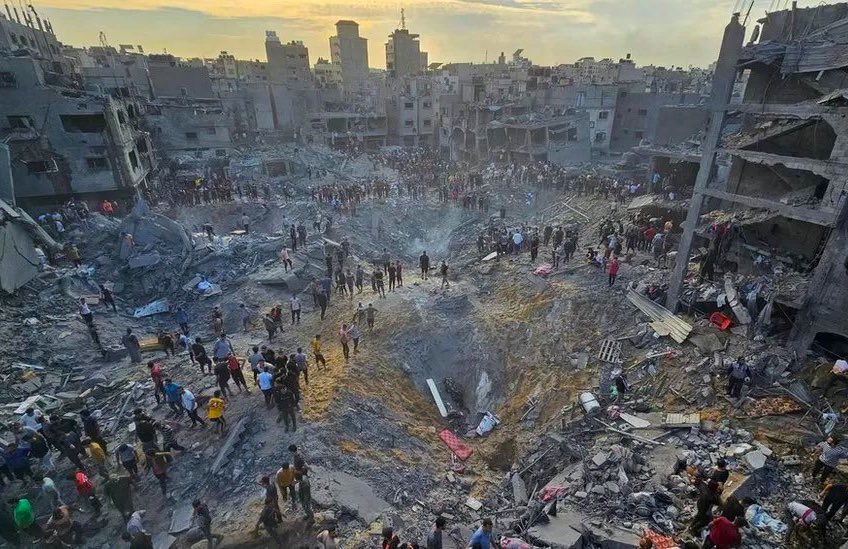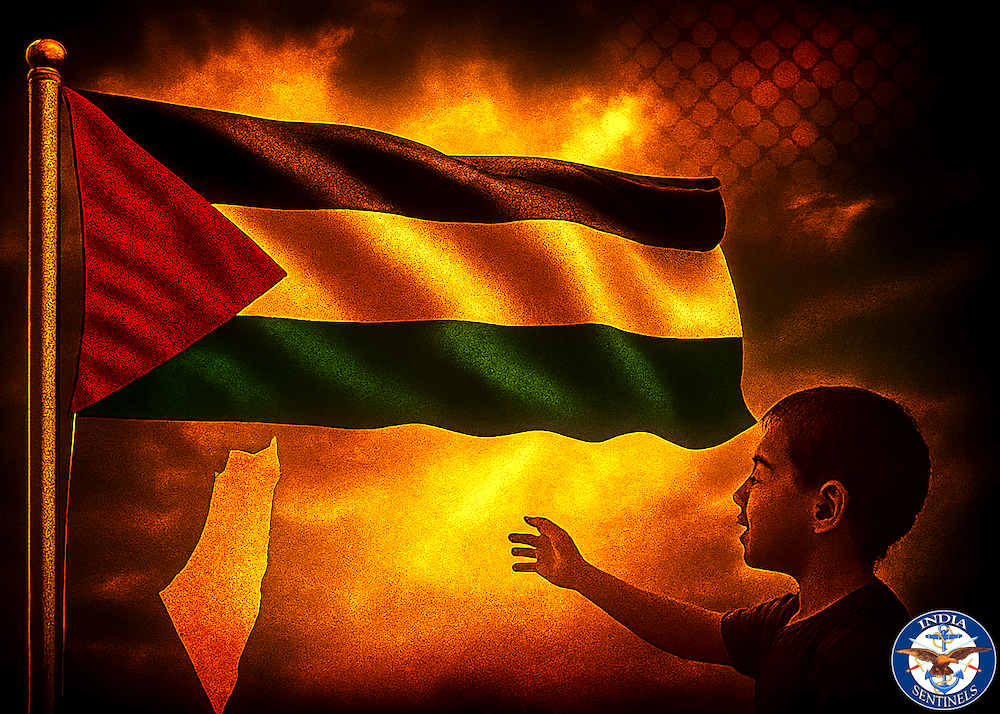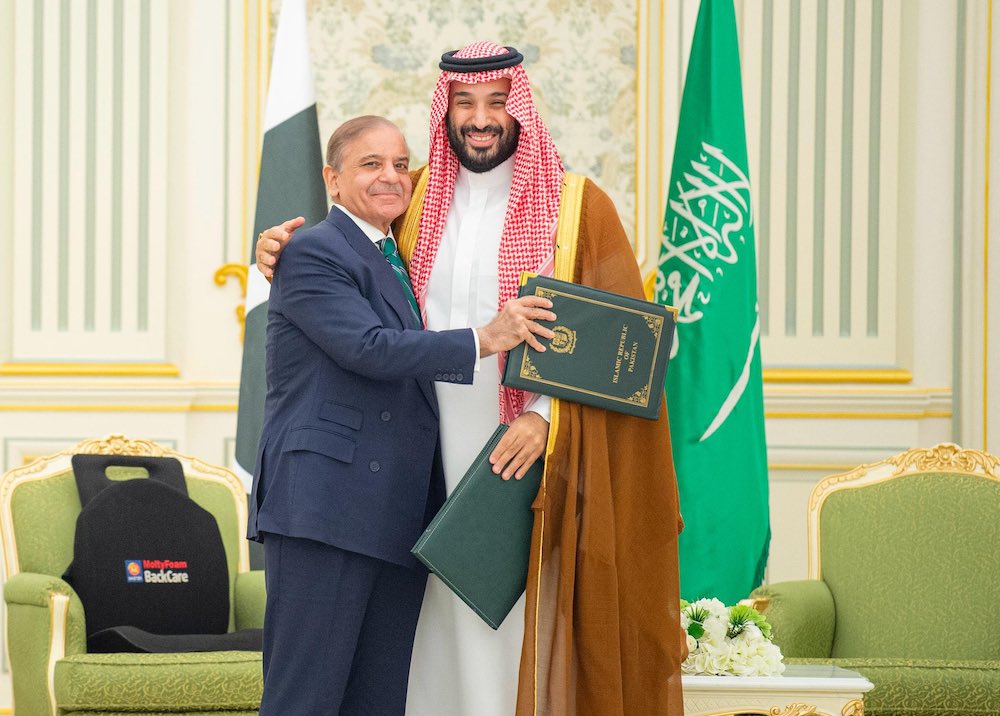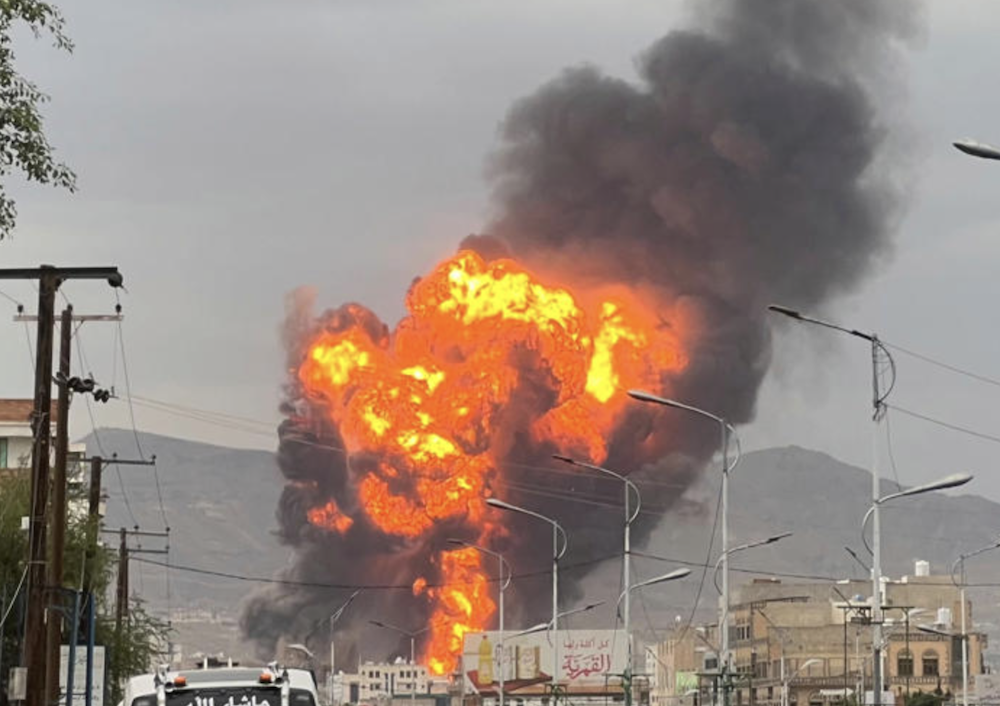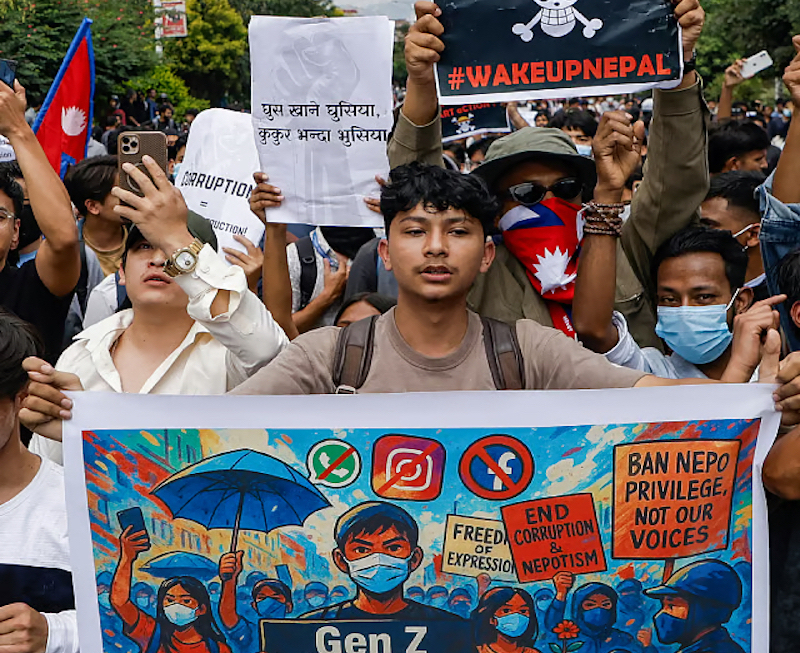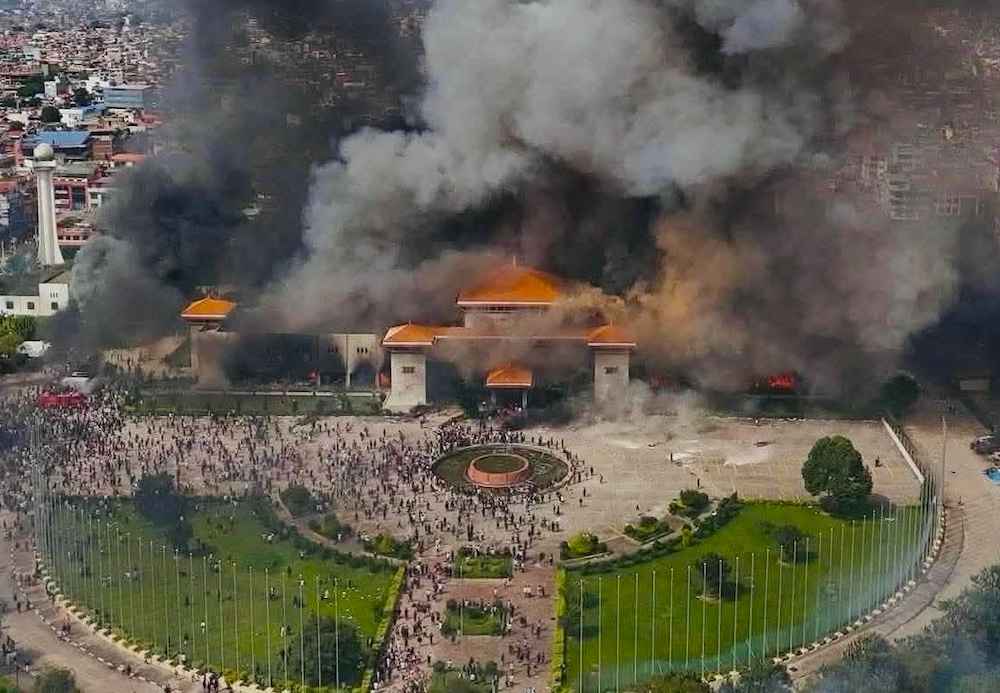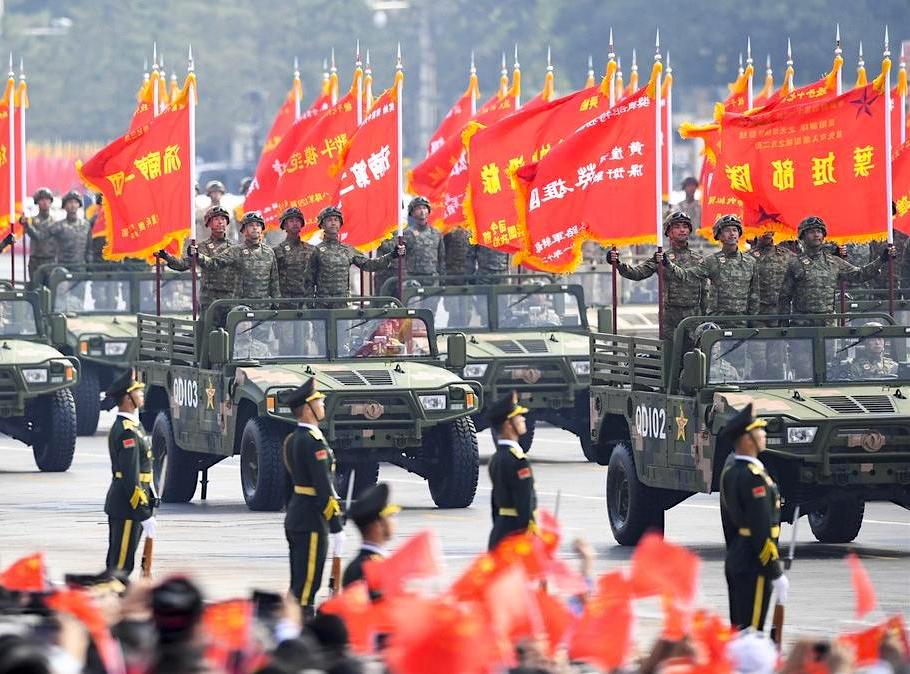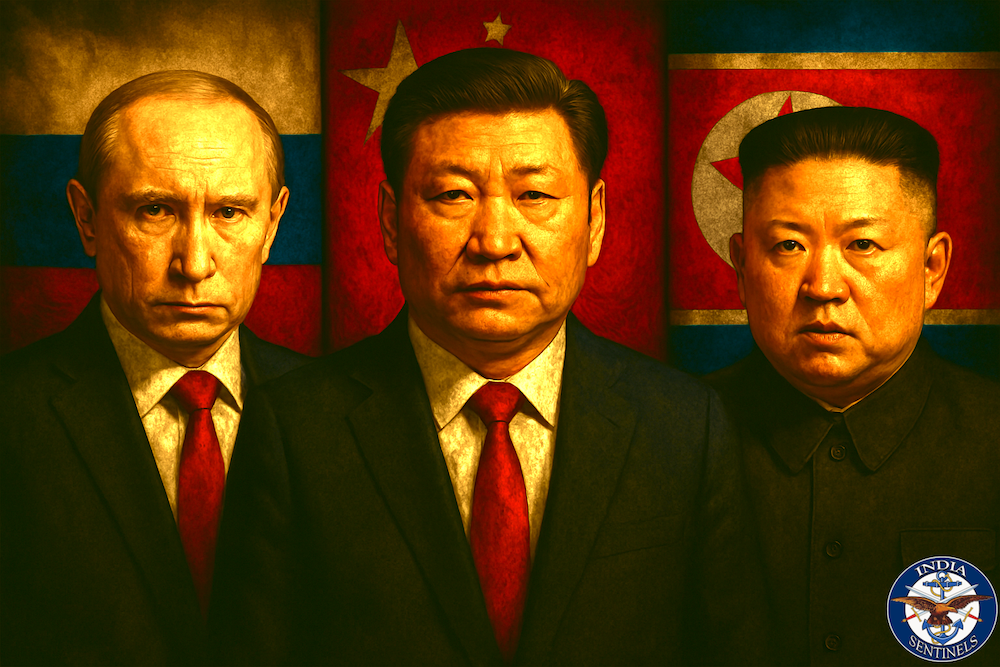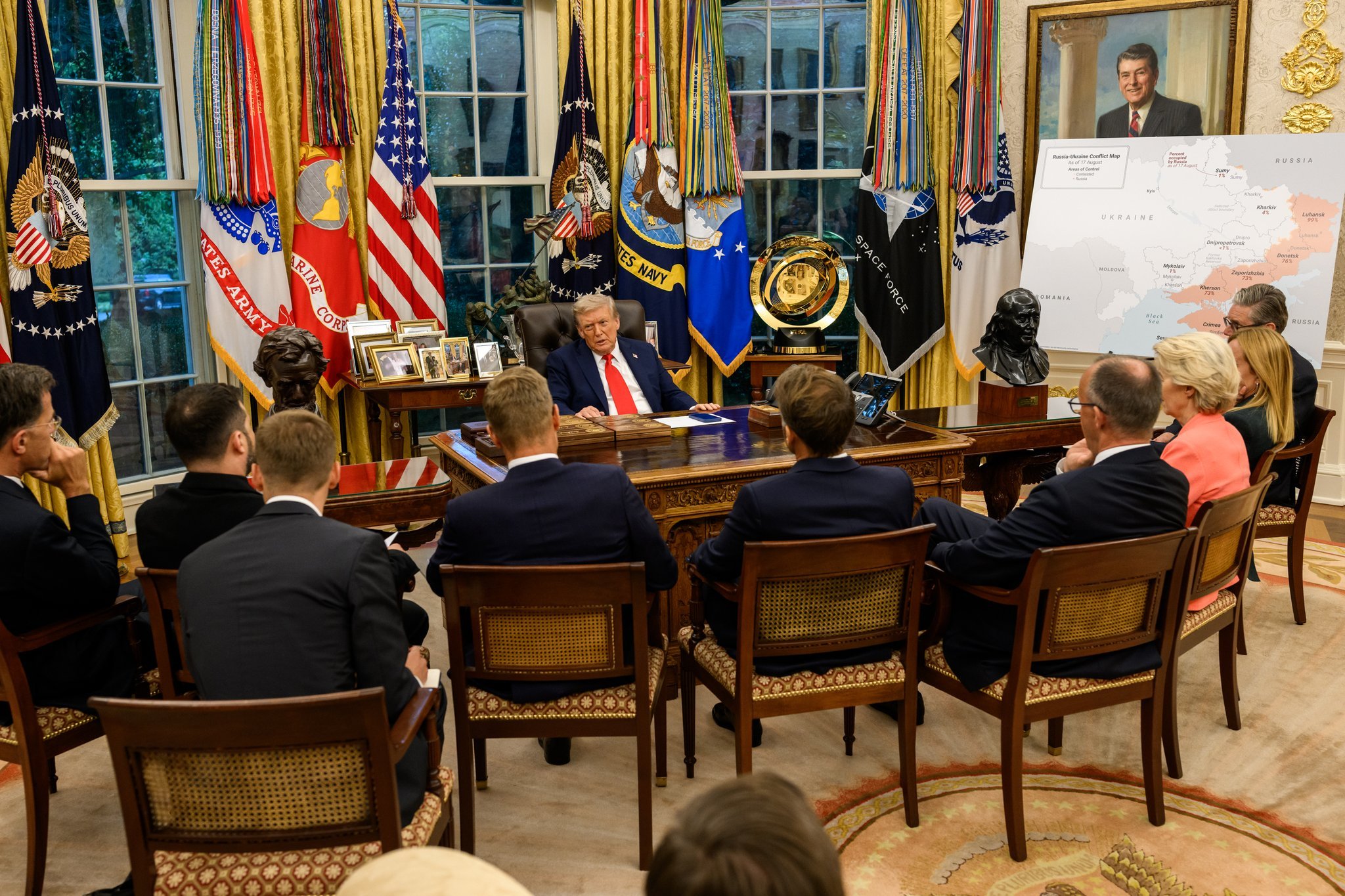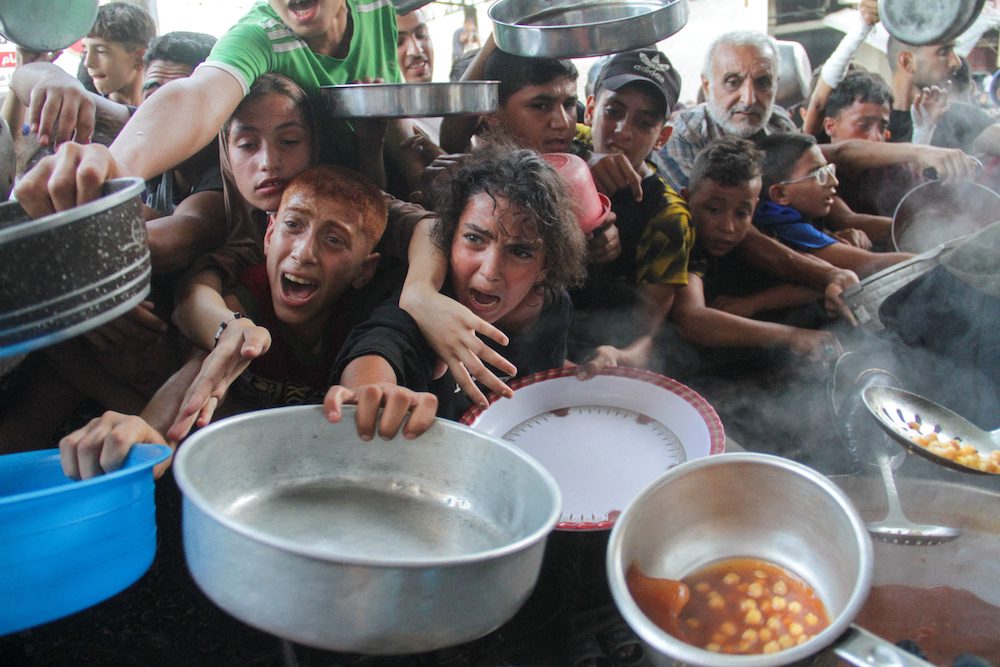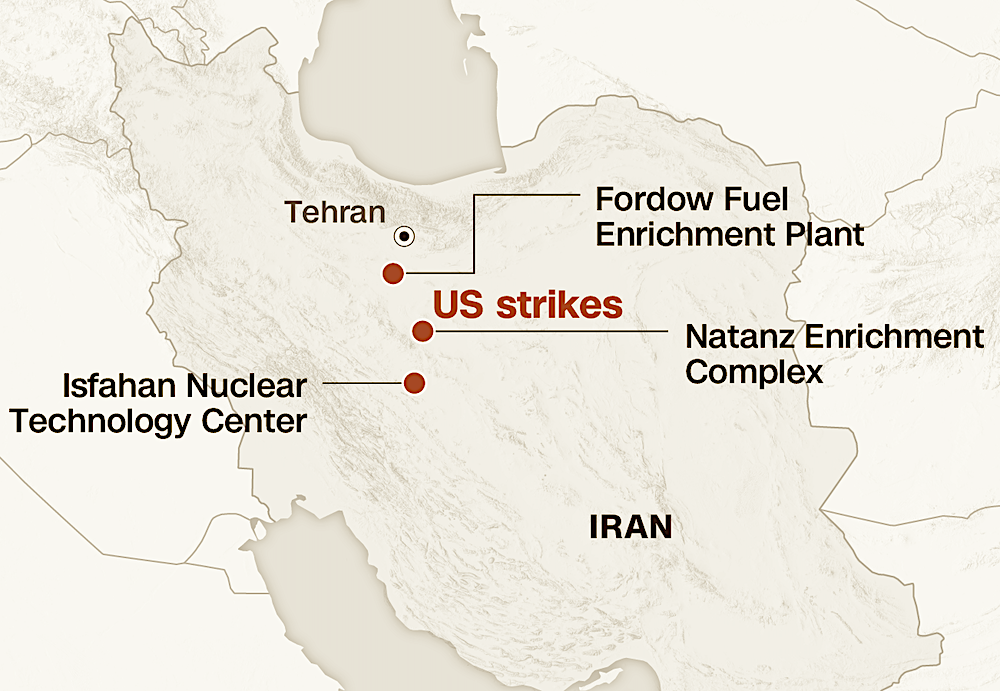 The three Iranian nuclear sites that the US bombed.
The three Iranian nuclear sites that the US bombed.
New Delhi: The United States launched its most significant military operation against Iran since 1979 in the early hours of Sunday (Iran time), deploying seven B-2 stealth bombers to target three critical nuclear installations with bunker-busting weapons designed to penetrate heavily fortified underground facilities.
Operation Midnight Hammer, which began at 1.30am local time, marked the first direct American attack on Iranian nuclear sites since the Islamic Revolution. The strikes involved more than 125 US aircraft in what officials described as the largest B-2 combat mission in American history.
The bombers carried 14 GBU-57 Massive Ordnance Penetrators, each weighing 30,000 pounds, in an 18-hour mission from undisclosed continental US bases. The operation targeted the Fordow fuel enrichment plant near Qom, buried 300 feet beneath a mountain; the Natanz nuclear facility in central Iran; and the Isfahan nuclear technology centre, which was hit by more than two dozen Tomahawk cruise missiles from US submarines.
However, Iranian nuclear authorities insisted no radioactive contamination had occurred, with the International Atomic Energy Agency confirming no increase in radiation levels.
The US president, Donald Trump, announced the strikes in a televised White House address at 10pm EST on Saturday, declaring Iran’s nuclear enrichment facilities “completely and totally obliterated”. He warned of “far greater” future attacks if Iran failed to make peace and thanked the Israeli prime minister, Benjamin Netanyahu, saying they had worked as “a team like perhaps no team has ever worked before”.
As India Sentinels had reported earlier, the current Israel-Iran war began on June 13, when Israel launched Operation Rising Lion, targeting Iranian military and nuclear facilities after a two-month Trump deadline for securing a nuclear deal expired. Netanyahu claimed Iran could soon produce nuclear weapons and described the attacks as targeting “the heart” of Iran’s nuclear programme.
Israel’s offensive was facilitated by the collapse of Iran’s proxy network, particularly the weakening of Hezbollah, and the destruction of Iran’s air-defence systems during an October 2024 operation. The strikes have killed over 400 people and wounded more than 3,000, according to Iran’s health ministry, while eliminating several high-ranking Iranian military officials and nuclear scientists.
Iran retaliated by launching approximately 30 missiles at Israeli cities including Tel Aviv and Haifa, wounding over 80 people. The Iranian military deployed its heaviest ballistic missiles in what appeared to be a measured response targeting Israeli rather than American assets.
Iran vows ‘everlasting consequences’
The Iranian foreign minister, Abbas Araghchi, condemned the US strikes as “outrageous” and warned of “everlasting consequences”, declaring that Iran “reserves all options to defend its sovereignty, interests, and people”. He accused the Trump administration of “betraying diplomacy” as negotiations had been ongoing when the strikes occurred.
Representatives of the Iranian supreme leader, Ayatollah Ali Khamenei, issued stark warnings, with close confidant Hossein Shariatmadari calling for missile strikes on US naval forces in Bahrain and closure of the Strait of Hormuz.
Iranian allies and proxies threatened retaliation. Hamas called the strikes “blatant US aggression”, while the Houthis in Yemen pledged continued resistance after previously warning of resumed attacks on US vessels if Washington intervened.
International alarm
The UN secretary general, António Guterres, expressed being “gravely alarmed” by the strikes, warning of “catastrophic consequences” if the conflict spiralled out of control. European leaders adopted a carefully calibrated stance, with the European commission president, Ursula von der Leyen, stating that “Iran must never acquire the bomb” while calling for diplomatic solutions.
China and Russia condemned the strikes as violations of international law, with Chinese state media warning the US might be repeating past strategic mistakes. The Russian deputy security council head, Dmitry Medvedev, suggested several countries were prepared to supply Iran with nuclear weapons.
Leading Iran experts offered sobering assessments. Professor Mohammad Marandi of Tehran University predicted Iran would continue targeting Israeli forces while calculating its US response. Trita Parsi of the Quincy Institute warned the strikes would “guarantee Iran becomes a nuclear weapon state” within 5–10 years by incentivizing proliferation.
Military analysts identified several potential Iranian responses, including targeting 40,000 US troops stationed across the Middle East region and closing the Strait of Hormuz, through which a fifth of global oil and gas supplies flow. While Iran’s conventional capabilities have been degraded, the Islamic Revolutionary Guard Corps retains “significant capabilities” for asymmetric warfare including using its proxy forces in the region and cyberattacks.
The coming days will determine whether Iran chooses measured retaliation or escalates toward a broader regional conflict that could fundamentally reshape Middle Eastern geopolitics.

